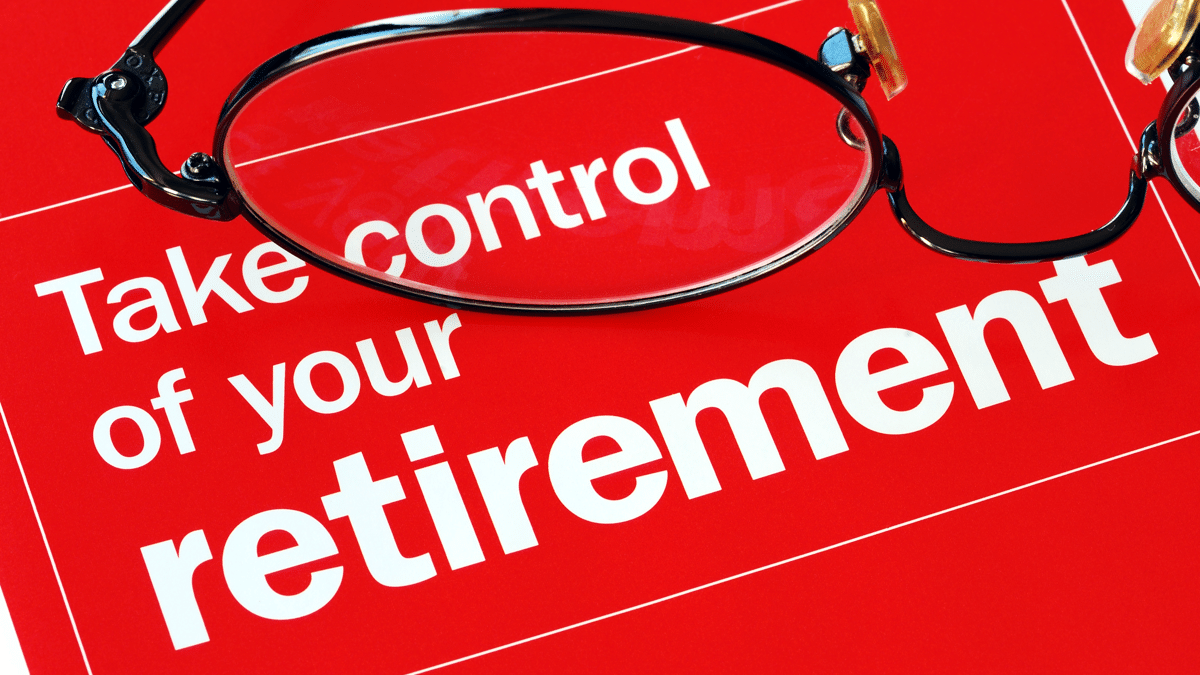In this guide
During their working life, many small business owners plough every surplus dollar into their business and then use the proceeds from its eventual sale to pay for their retirement.
This can be a sensible strategy, especially if you take advantage of the various small business capital gains tax (CGT) concessions on offer when you sell. Not only can these concessions significantly cut your CGT tax bill, but they can also allow you to contribute more money into your super account.
Some small business CGT concessions can even help eligible business owners to make a substantial contribution into their super after they sell, without having to worry about the normal super contribution limits.
Need to know
The eligibility criteria for the government’s four small business CGT concessions are very complex. This is an area where it’s vital to get specialist tax advice to ensure you understand how the rules apply to your situation and whether you qualify.
There are also strict rules on the order in which you can apply the four small CGT concessions and your resulting tax position can vary significantly. Ensure you consult a licensed tax adviser before making any decisions or contributing to your super account.
What are the small business CGT concessions?
There are four small business CGT concessions on offer:
- Small business 15-year exemption (Subdivision 152-B of the Tax Act)
- Small business 50% reduction (Subdivision 152-C)
- Small business retirement exemption (Subdivision 152-D)
- Small business rollover (Subdivision 152-E)
You can use these tax concessions when you sell an active asset your business owns at a profit, provided your annual turnover is under $2 million.
Each concession is available in a different situation. You can apply as many of the CGT concessions to the capital gain from selling your assets as you are eligible for, allowing you to continue reducing your capital gain and the resulting CGT.
Of the four CGT concessions, however, only two come with the extra bonus of allowing you to make larger contributions to boost your retirement savings. These are the:
- Small business 15-year exemption
- Small business retirement exemption.
Learn more about the small business retirement exemption.
How does the 15-year CGT exemption work?
The 15-year CGT exemption is the most favourable of the four small business tax concessions and it must be applied first to any capital gain from the sale of your business assets.
Under the 15-year CGT exemption:
- The entire capital gain you have made on your business over the years is disregarded by the ATO
- You don’t need to use any capital losses you have accrued to offset the capital gain
- The entire sale proceeds up to the Lifetime CGT Cap (see section below) can be contributed into your super account and is not counted towards the non-concessional contributions cap.
Learn about non-concessional contributions.
This concession can be a great way to avoid paying a lot of CGT on the capital gain you’ve built up in your business over the years, while also boosting your super account as you near retirement.
Case study: How the 15-year CGT exemption works
Ayumi is a conveyancing professional who has operated her own business for 20 years. She is thinking about selling the business and retiring.
Ayumi is aged 58 and has an annual turnover under the $2 million threshold for the small business CGT concessions. As a first step towards retirement, Ayumi sells her business premises, resulting in a capital gain of $600,000.
As she satisfies both the basic and additional conditions for the 15-year CGT exemption, her capital gain of $600,000 is disregarded for CGT purposes and her capital losses are not affected. This means her taxable capital gain after the sale is $0.
Over the years Ayumi has contributed very little to her super account, so she decides to make a big contribution from the proceeds of selling her business premises. She takes advantage of the super contribution rules for the 15-year CGT exemption by contributing the $600,000 into her super account.
Ayumi then elects to have this super contribution excluded from the non-concessional contribution cap.

Leave a Reply
You must be logged in to post a comment.